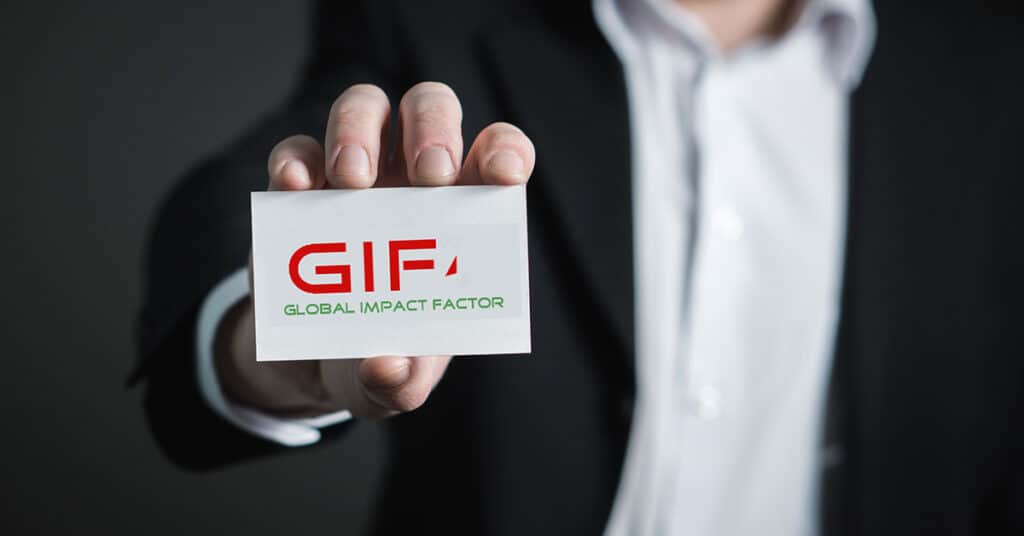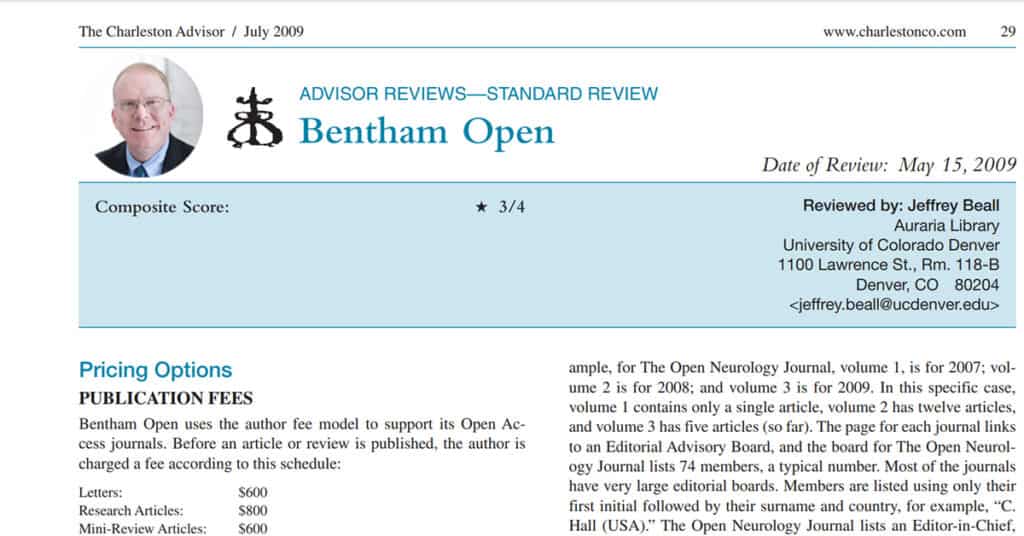What is the Global Impact Factor? | Is it Fake?
The Global Impact Factor (GIF) ranks journals using quantitative and qualitative methodologies in order to evaluate the prestige of journals. The evaluation considers factors such as peer review, originality, quality, technical editing quality, editorial quality and regularity.


